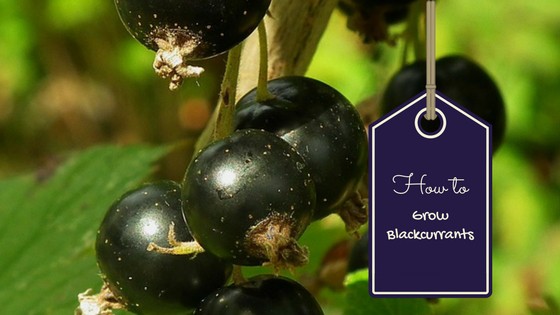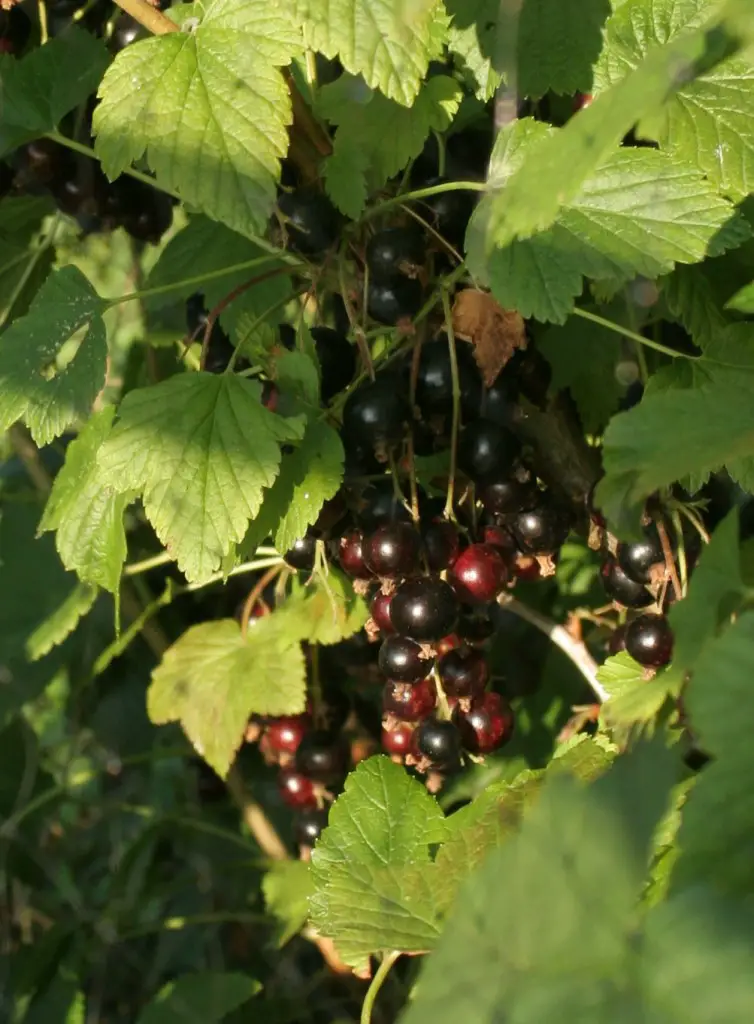 How to grow blackcurrants. Blackcurrants are an easy fruit to grow successfully and require only some basic maintenance.
How to grow blackcurrants. Blackcurrants are an easy fruit to grow successfully and require only some basic maintenance.
They are a great fruit to grow and have many uses. They can be used in jams, cordials, smoothies, pies etc. Although most people do not like to eat them raw as they are quite sour. You can freeze them to use later and they are packed with Vitamin C they are also very good for you.
Blackcurrants are usually ready to harvest about July and August depending on your chosen variety.
They are a good investment as they grow for many years and once they are established you can increase your stock easily from cuttings.
Contents
How to Grow Blackcurrants Successfully
Choosing Your Variety
What variety you decide to have will depend on several different factors and comes down to personal circumstances and choice. Some things to consider when deciding are:
- Size of your plot or garden
- How many people are they for
- Can you store them
- What do you want to use them for
- What is the yield of the fruit variety chosen
- How large does the variety grow
Easy to Grow
Ben Sarek is a good heavy cropping blackcurrant bush. It only grows to about 1.2m/4ft in height Quantity of Bushes Cropping quantities depend on the variety. Two Ben Sarek buses about 6 years old can easily produce 14- 20lbs of blackcurrants.
Planting Your Blackcurrant Bushes
Blackcurrants should ideally be planted in full sunlight however they will tolerate a small amount of shade. However, shade may weaken the plants and the fruit might not taste as good. Make sure you space them at least 4 foot 11 or 1.5 meters apart to give them room to grow if you can. Although they prefer soil that retains moisture but drains well they will grow in a range of soil conditions. They prefer a slightly acidic soil of PH6.5 If you have containers you can plant them all year around. However, if you have a bare rootstock this must be planted in autumn. Prepare the ground in advance.
Watering and Feeding
Water in dry weather and when the plants are producing fruit. Although deep root growth should be encouraged so don’t over-water. Add manure that is well rotted (black shows it is old) manure in the spring. Keep weed free.
Harvesting Your Blackcurrants 
Usually, you harvest Blackcurrants in July and August when the fruit turns black and is ripe.
Pruning Your Blackcurrants
This pruning video gives a good visual description of what is needed when pruning your blackcurrants.
Uses for Blackcurrants
Great for jam and blackcurrant and apple crumble or other pies. Also, makes a great sauce for vanilla ice cream. The Blackcurrant Foundation